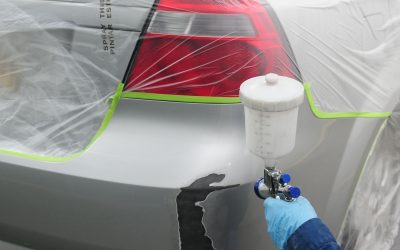Clutches are friction devices that enable us to engage or disengage the rotary power (or torque) from an engine or motor. Whether this is in our motor cars or heavy plant equipment, there are times when we want the engine to be running but we do not want the engine torque transmitted to the driven part (the wheels on our motor cars for example). In this respect, clutches are a part of most adult’s lives.
Transmission Systems
A transmission is a linked mechanical piece of equipment that starts with a source of power and then converts or modifies that power through to the parts that need to be driven. The term is used variably. It can be applied to the gearbox on its own or used as a synonym for the whole powertrain (or drivetrain) from engine through clutch(s) and gears to prop shafts, differentials, and final drive shafts. However you use the terminology, dual friction clutches are a lesser used part of some automobile and heavy equipment transmissions.
The Basic Clutch
This is a circular metal disk or ring (known as a plate) that has material with a high coefficient of friction bonded on to it. Springs or hydraulic force clamp this part between two similar but unlined plates. When tightly clamped, the friction plate will transfer all the engine torque through to the plate on the driven side. As clamping force is removed, less and less of the engine’s torque will be transmitted through the clutch. This is the basic arrangement for cars with manual transmission.
Automatic Transmission
Generally, this type of transmission uses a torque converter (or fluid coupling) as a hydrokinetic device to transfer engine torque to the driven components. Although these effectively replace the clutch concept found in manual shift cars, they do often incorporate one or more friction plates within their assembly, in fact a lock-up clutch will be found in most torque converters.
Dual Clutch Transmission
This is sometimes known as a direct shift gearbox or power shift gearbox and was originally introduced into more “sporty” vehicle types. It is a sort of automated automotive transmission comprising two separate manual transmissions. The aim is to transfer torque continuously and provide smooth gear changes without power loss and eliminate jerky movement of the driven vehicle. The result should maintain the advantages of manual combined with the better qualities of an automatic transmission.
The dual friction clutches are inside a single housing and work as one unit, usually in automatic mode while still providing the driver with an option to manually change gears. They replace the torque converter and are normally multi-plate wet clutches (although dry versions are available)



